How to Enjoy a Steve Vai Show … if you’re not a rock music fan
(with special notes for classical musicians, science-engineer-types … and girls)
[Part of the “Rock Harp Diaries” blog series]
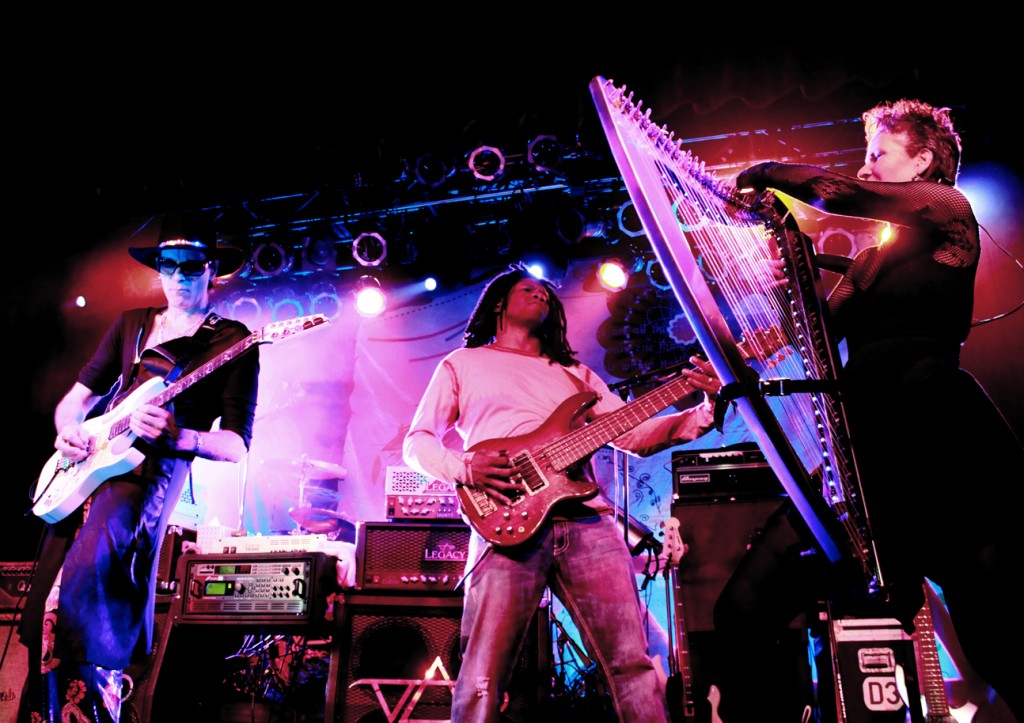 I’m on tour with legendary rock guitar virtuoso Steve Vai – I’m the electric harpist (yes harpist) in the band and I’ve discovered that some of my own fans have a hard time knowing how to enjoy the show. So here’s a primer for classical music lovers, anyone who isn’t a die-hard rock guitar fan, and especially for those people marriedto die-hard rock-guitar fans – here’s now to thoroughly enjoy one of Steve Vai’s “The Story of Light” tours this Fall in the US, Canada and Europe:
I’m on tour with legendary rock guitar virtuoso Steve Vai – I’m the electric harpist (yes harpist) in the band and I’ve discovered that some of my own fans have a hard time knowing how to enjoy the show. So here’s a primer for classical music lovers, anyone who isn’t a die-hard rock guitar fan, and especially for those people marriedto die-hard rock-guitar fans – here’s now to thoroughly enjoy one of Steve Vai’s “The Story of Light” tours this Fall in the US, Canada and Europe:
Steve Vai Show Primer
1. Bring Earplugs (It’s LOUD!)
2. Bring binoculars (it’s really fun to be able to see close up on the stage)
3. Make sure you get there in time for the opening act, Beverly McClellan (she was a finalist on “The Voice,” she’s wonderful and I might come out and play a number with her!)
4. Wear comfortable shoes unless you know for sure you’ll be seated (some of the shows are standing audiences only)
5. No Ladies’ Room Wait!!!!: Female people take note and gloat!!! This is probably a once-in-a-lifetime chance to breeze through the NON-EXISTENT LINE for the ladies room while snickering at the long line for the men’s. Girls, do not miss this BONUS experience!!!
How to watch Steve:
-
Focus on his ability to be physically expressive and mobile while executing extremely complex music. This should be fascinating to anyone on any instrument who has or is considering a solo career (more on why later)
- Be aware that he is a rare rock instrumentalist fronting a band as an instrumentalist. There’s no singer fronting the band and the entire show, aside from only a few vocals, is driven by the guitar. This is unusual in the rock and popular music world – but very familiar in the classical world. Think Paganini in the 21st Century with a guitar and a hard-hitting 4-piece band (um… that includes electric harp!)
- The structure of the music is not like classical form, or like jazz form. It’s like songform (intros, verses, choruses) with virtuosic, soloistic playing during verses. I could have that wrong since really understanding the forms from my perspective in jazz and classical forms has been one of my biggest – and ongoing – challenges with the music, but what’s especially interesting to me – and will be to classical musicians – is that, unlike in jazz, the ‘solos’ are not improvised – they’re ‘performed’ – and this should be highly compelling for any classical instrumental soloist: to watch someone who is playing music verbatim in a way that makes it feel completely off-the-cuff, effortless and as if it were inspired in the moment.
Forget the fact that it’s rock music and that you have your ears stuffed with earplugs (you brought the earplugs, right?), and just think about what you can learn about the art of infusing soloistic playing with this kind of energy, virtuosity, expression and physicality.
Here are some things to notice:
PEDALBOARD: He has a complex pedalboard at his feet with about 20 different ‘effects.’ The effects change the sound of the guitar in ways that might be like adding a mute, or playing near the soundboard, adding vibrato, or even switching from violin to cello – in other words, the sound really changes. (I also have a pedal-board, which I use to “Wa-Wa” the harp in the tunes “Tender Surrender” and “The Animal” but if you don’t have a setlist (which you won’t ) you won’t know when those songs happen – but you’ll hear my wa-wa harp).
KNOBS and BARS: He also has knobs and bars on the guitar itself, and I’ll tell you what I think they and hope that someone who knows better will comment on the blog and set us all straight. I think these knobs and bars affect the pitch in various ways, sometimes like portamento – (or more like portamentissimo) .. and sometimes like a wide vibrato. I don’t mean that they ‘sound’ like vibrato or portamento (though sometimes they do) – but that the effect is of bending the pitch in various ways.
So it’s fascinating to watch him and think about how he’s affecting tone quality, how he’s bending pitches – and then realize that he’s doing it with a complex combination of physical movements on the strings and an even more complex group of knobs, pedals and bars. From there you can begin to imagine (and marvel) that we add all that character daily with our voices without even thinking about it – but he also does it without limitations of volume and with a seemingly limitless range (high to low).
- In addition, he’s also using many of the same techniques a classical musician would use: harmonics, strumming versus individual note melodic picking, cadenzas.
- At times he’s evoking the sound of the human voice and at other times, the sound of violin or other instruments. Sometimes he’s outright silly (which is a lot of fun).
- He’s very serious about his compositions and writes electric guitar concertos for symphony orchestra (so if you’ve seen my own electric harp concertos you have an idea how that might work, featuring an electric instrument with a symphony).
* One of my favorite moments of the show is at the end of the “cadenza” of “Whispering a Prayer.” You’ll know when “Whispering a Prayer” starts because I actually play the main melody, using harmonics and arpeggios – I think it’s the first moment of the show when the decibel level comes below “overload.” At the end of that song, he has a long unaccompanied section of playing and at the very end of that section, he holds a long, high note and Dave (who usually plays guitar) brings in a synth note that nearly has me in tears every night, it’s so beautiful, and feels so much like arriving home.
* Of special note if you’re an engineer or scientist:
He’s evoking the sound of human voice at some times and at others, almost violinistic runs, vibrato and sustain. I sometimes watch him and think that this guitar and his operation of it is a highly advanced form of a prosthetic.
I’ve thought that about my own instrument: that the harp gives my fingers a voice they could only indicate if they had no instrument. With him, the combination of hand-held mechanics, external devices hints at the kind of super-ability, or super-expression prosthetics could give us when used in an advanced way … and with a lot of practice.
I once argued with my med-school-attending boyfriend, who pointed out to me that medicine was the highest value profession, suggesting ‘artist’ was lower on the totem pole. I drew a line on a piece of paper. “That’s health,” I said. “You bring people from below that line up to it. I bring them from that line above it. One isn’t more important than the other.” Later on I got a new boyfriend.
Even later I realized health and art aren’t only on the same continuum, but that they can take and learn one from the other. Vai’s ability to speak with the guitar says something to me about the limitlessness of human expression and experience through prosthetics – something I’ve always felt about my own experience of speaking through my instrument –
and that I marvel at when I watch his shows from the best seat in the house: on stage with him.
If you come to the show, please stay after – the band members usually come out the the “merch booth” a few minutes after the show to sign programs and shake hands. And now … enjoy the show!
To read more in the Rock Harp Diaries, go to: https://hipharp.com/blog/category/rockharp-diaries/

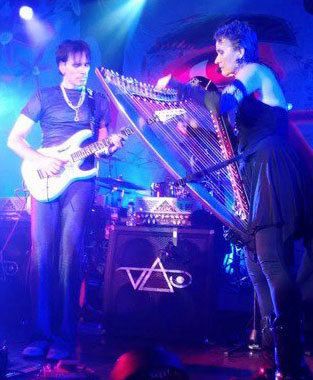
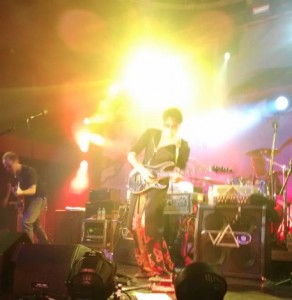
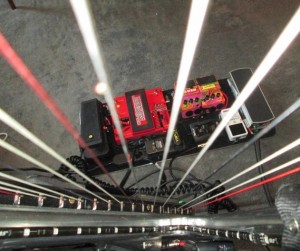
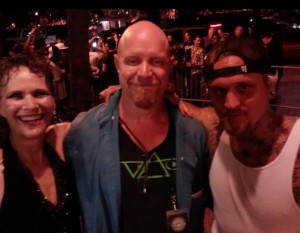
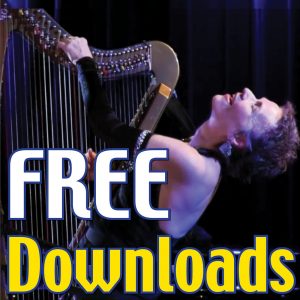
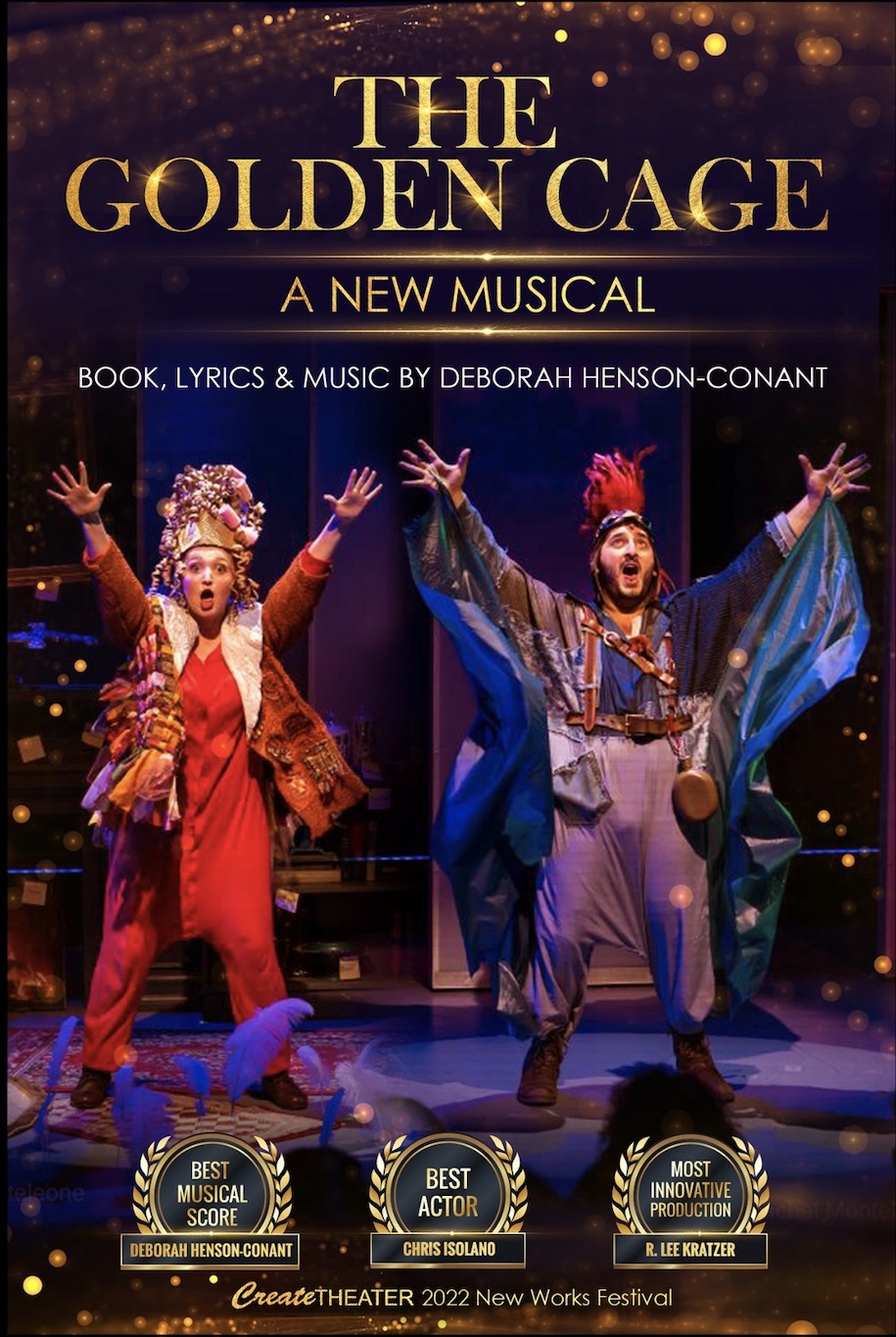
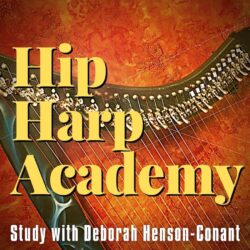

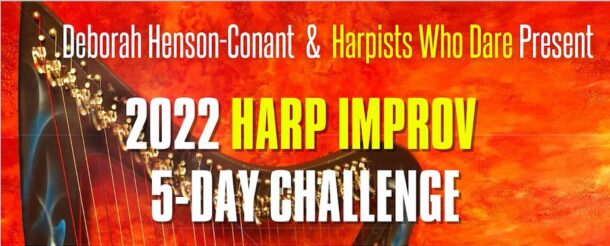
Ear plug tip: while the squishy foam disposable earplugs you can buy at any drugstore will protect your hearing (and certainly should be used if that’s all you have available), their downside is that they muffle much of the music’s frequencies/details.
If you have time to plan ahead, go to your local music store (e.g., Guitar Center) or online and buy “musician’s earplugs” (also called “high fidelity earplugs”) – they look like flanged silicone cones. The difference is that they block the high and low sounds more equally, so you can enjoy the music closer to what it sounds like.
Personally I keep a set on my keychain, because you never know when you’ll encounter a loud movie, restaurant music, etc. and want them.
Hi There,
I stumbled across your blog while searching for a tour setlist for the Steve Vai, Story of Light tour. I enjoyed your “non-rock” take on the show, as it is a perspective I wouldn’t have the opportunity to evaluate.
A quick note on your description of the “knobs and bars” on Steve’s guitar: While someone who is not a trained guitarist would certainly think that the knobs affect pitch and vibrato as his playing is incredibly fluid and seamless, these effects are accomplished solely through the use of the “whammy” bar (controlling the angle of the bridge) and his own hand’s vibrato and pitch bending technique. The bar provides the ability to both raise and lower the pitch of a note (or chord) often times more than several full steps, but also provides Steve to accomplish that almost vocal like quality that he coaxes from the guitar. The knobs on the guitar control the volume of the instrument, and the overall tone.
I’ll be seeing you this coming week in Stroudsburg, Pennsylvania and am very much looking forward to the show!
-Tim
p.s. Steve had some tremendous things to say about you in one of the most recent issues of Guitar World Magazine!
Thanks so much, Tim! This is exactly the kind of comment I’ve been hoping the ‘guitar-educated’ might add to this blog entry! I look forward to seeing you in Stroudsburg!
Thank you for your point of view! Hopefully you post some additional tidbits of insight as the tour progresses!
On a side note: Steve mentioned in an online interview that he was able to recreate the guitar duel scene from the movie Crossroads with himself and you on the harp. I’m hoping this actually happens on this tour, and was not just a passing fancy? There doesn’t seem to be any mention of this online. Thanks again, and I’m looking forward to the show!
Thanks Tim! That’s one of the many possibilities that might happen on this tour as the setlist continues to develop — it’s a GREAT piece – and really fun on harp!
This is a wonderful article! I’m showing it to my non-rock fan friends.
If only Vai would play my neck of the woods! (Eastern Canada!)
Thank Kevin! I think we WILL be in Eastern Canada … oh, wait, you mean reeeeally Eastern, right? We’ll be in Montreal and Toronto! – DHC
Wow…i can’t stop reading it and i was just checking my twitter timeline when this pop-up and i must say,great writing..i thoroughly enjoyed it.
And yes, i read good things from Vai about you but always thought that the harp would be a backup instrument but boy was i wrong..when i saw your picture with that compact looking Harp i was in awe..i can’t wait to see the show at Best Buy Theater,NYC.
Rock On !!! I mean Classic On !!!
Well you know what i mean…
Great blog – and thanks for the permission to wear earplugs! I was planning to do that, and wishing my hair was longer so I could hide them! I will now insert my hi-fi earplugs and wear them loud (or not) and proud! See you on Thursday, and as Julius said, ROCK ON!
Don’t feel ashamed of wearing ear plugs at amplified concerts – now you can enjoy concerts without physical damage to your inner ear! It’s not offending to the musicians, as you’ll be able to enjoy their music much more – no pain, no damage = more enjoyment! (if the musicians ARE offended by ear plugs, it’s probably a good time to run away and save your ears!)
Indeed! I have earplugs with me all the time – and not just for this tour – but you never know when you need to close your ears! (Note to self: consider evolving ear-lids in next incarnation.) Hmmm… I wonder if any animals do have earlids?
Just to chime in on what all the knobs on his guitar do, he has a capability that would not seem obvious if you don’t understand it, as there is no real comparison I know of to classical instruments.
He has an electronic sustainer that can give him infinite sustain. It electromagnetically vibrates the strings. He can then just control the music by using his fret hand, or hammering. This is what allows him to hold out a note that seems to last forever, and even get louder as he holds it. He’s got a control on the guitar to turn it on and off and adjust the effect.
I’m not a guitar player, so this is my non-musician understanding of how it works.
Also, I was at the Keswick Theater last night, and you rocked! I found your site because I wanted to know more about you and your music. I’ve seen Vai a bunch of times, and I enjoyed your addition to the band.
Interesting to read! 🙂 I’m a harpist AND rather into metal music, so I’d love to see you & Vai live, but alas, the US is a bit too far away for me…
I also happen to be a medicine student, and a while ago, I found an article though Harp Column that really resonated with me, especially this section near the end:
” (….) If we were a medical school, and you were here as a med student practicing appendectomies, you’d take your work very seriously because you would imagine that some night at two AM someone is going to waltz into your emergency room and you’re going to have to save their life. Well, my friends, someday at 8 PM someone is going to walk into your concert hall and bring you a mind that is confused, a heart that is overwhelmed, a soul that is weary. Whether they go out whole again will depend partly on how well you do your craft. (…) ”
http://www.bostonconservatory.edu/music/karl-paulnack-welcome-address .
I’d like to wish you lots of good luck on your tour, it’s great to read your blog! I didn’t realize you’d posted quite some posts, so I’ve got some catching up to do… 🙂
Wonderful writeup! Looking forward to seeing you play very soon!
Hey Andy! So glad you liked it! I’ve gotten so many great comments on this blog and how much more people (especially those who aren’t already rock fans) enjoyed the show because they had an idea what to look for on stage or listen for in the music.
One reason I knew I had to write it is because I noticed that I personally enjoy the show more and more each night as I start to really “get” what’s happening, so I thought I could give others a head start on that. And Steve embodies so much about great performance, regardless of musical style — so much that any performer can learn from — from opera singers to dancers, not just electric guitarists — but sometimes we just need a ‘way in’ to know how see or hear.
Thanks for reading!
Thanks for the blog. Great info.
I’m disappointed I won’t see you in person. It would be great if after the tour a DVD were available. It would be great to have an edited version with songs from different shows. I know you’ll all have some favorites.
Please tell me this is in the works.
Wow! Great article, nice to read about your new found joy of rock music (which we veteran listeners and occasional players take for granted). Of course Steve’s music is more than “just” rock… (As a theatre professional, I’ve occasionally worked with classical musicians and have found it funny that some of them discover and wonder things that I judge as fairly normal. Then again I can’t read music.)
AND THANK YOU FOR A GREAT GIG IN HELSINKI TWO NIGHTS AGO! One of the best I’ve ever seen. The joy of performing and the sheer skill of everyone on stage blew my mind (and ears, didn’t use plugs… they’re ok now) and the end salute with Steve addressing the audience brought tears one’s eyes.
I listened to Passion & Warfare as a 15 year old hundreds of times. For the last 15 years I’ve only listened to his records occasionally. But now it felt like coming home. Have to catch up with the new record. And be sure to see you guys live someday, somewhere, again.
Thank you so much and have a great tour, spreading the happiness & good vibrations!
This is so original! I love your step-by-step advice. Recently, I came across a video of him teaming up with 2 Cellos to cover “Highway To Hell.” I definitely recommend it to any Steve fans out there! http://bit.ly/Sr8Y4Y
It was indeed a interesting reading and a great point of view.
Already saw many Steve concerts during the last 12 years and 2 concerts of this tour.
It’s very interesting because already have been at the concerts with many friends that likes diferent kinds of music, so the feedback I get it’s always diferent but in a certain way goes in the same direction… For the good music direction.
In the last years always use earplugs not only because got an ear problem but also because of the protection, sometimes I imagine: “if I never used them, how my ear problem was now”.
Anyway, I gonna attend two more shows. This time in my country, so don’t need to travel again 🙂 Hope to see either my good friend Dave.
See ya tuesday and wednesday,
Animal, ops, Aníbal 🙂
Hi there!!!
I was in your last gig in Murcia December 2012.
Really awesome show of you guys!! Y enjoyed it like I child !!
Hello Deborah. Just wanted to say thank you to You, Steve, Bev M, Phillip, Jeremy, Dave, and of course Steve again for such a wonderful performace the bands contribution to the music world. I had the opportunity to see you last fall at the Pabst Theater in Milwaukee. A true treat for people who can appreciate the composition and the truly gifted instru
mental talent that you will possess
Thanks for expanding the world of harp music in specific and classical performance in general. Awesome musicianship and expression of ideas, in any genre of music, is a joy! Thanks for having been a part of the changing paradigms of popular music.